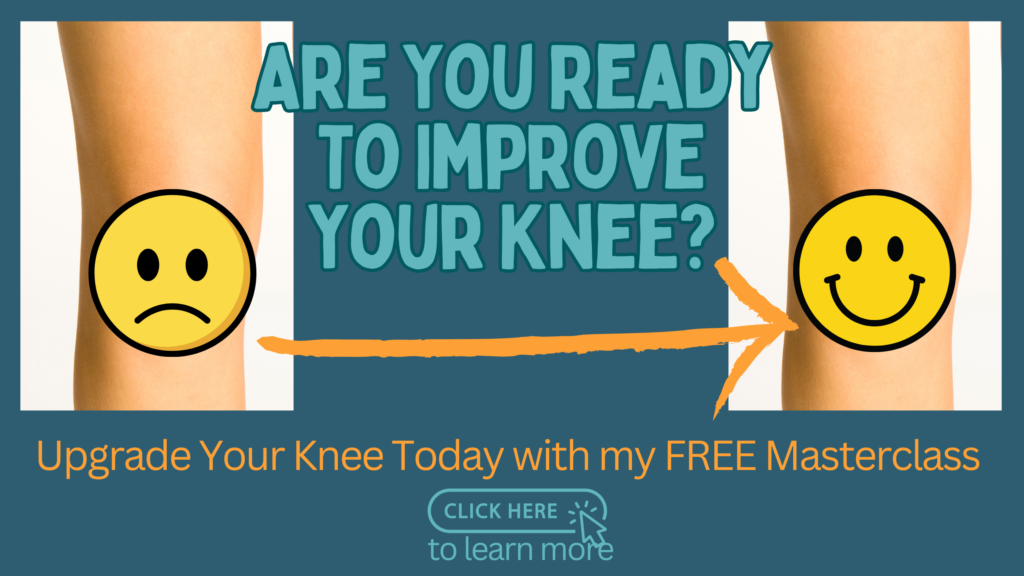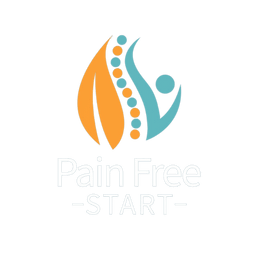Experience and research have shown that graded exercise benefits people with osteoarthritis (OA). However, many patients seek my advice after worsening their pain with the wrong exercises. This often discourages them from trying again. In this blog, we explore the benefits of exercise for OA and provide six expert tips to help you exercise safely and effectively.
Understanding Osteoarthritis (OA)
OA is a degenerative joint disease affecting millions worldwide. It is characterised by cartilage breakdown, leading to pain, stiffness, and reduced mobility. While there is no cure, exercise is a proven way to manage symptoms and improve overall health. Learn more about OA, its causes, symptoms, and treatment [here].
Benefits of Exercise for Osteoarthritis
1. Reduces Pain and Stiffness
Exercise strengthens muscles around the joint, providing better support and reducing joint stress, which helps alleviate pain and stiffness.
2. Improves Mobility
Regular movement enhances flexibility, range of motion, and overall mobility, helping you stay independent and perform daily tasks with ease.
3. Boosts Mental Health
Exercise improves mood, reduces stress, and enhances self-confidence—important for those who may experience anxiety or depression due to OA. Chronic Pain and Movement: Why Staying Active Helps
4. Helps Control Weight
Maintaining a healthy weight reduces joint stress, preventing further damage and improving overall function. The Impact of Body Weight on Joint Health: Why Every Pound Matters
5. Enhances Heart Health
Regular exercise benefits cardiovascular health, lowering the risk of heart disease and stroke.

6 Expert Tips for Exercising with Osteoarthritis
1. Seek Professional Guidance
Working with a specialist can help determine the best exercises for your condition, ensuring they are safe and effective.
2. Start Slowly
If you’re new to exercise or returning after a break, begin with low-intensity workouts and gradually increase duration and intensity to prevent flare-ups and injuries.
3. Choose Low-Impact Activities
Avoid high-impact exercises like running or jumping, which may worsen symptoms. Instead, opt for walking, cycling, or swimming, which are easier on the joints.
4. Focus on Strength Training
Strengthening the muscles around affected joints reduces stress and improves function. Prioritise exercises that target these muscle groups.
5. Listen to Your Body
Avoid overexertion. If you experience pain or discomfort, stop and rest. Adjust your routine to find the right balance between activity and recovery.
6. Avoid Exercising During Flare-Ups
Exercise during a flare-up can worsen symptoms. First, settle the inflammation using rest, ice, and avoiding aggravating activities. Once symptoms stabilise, gradually reintroduce gentle exercises.
Choose exercise programs designed for arthritic joints like my Pain Free Body & Arthritic Knee Programs -to avoid flare-ups.
Take Control of Your Joint Health
Check out my Pain-Free Body Program, designed to help you safely strengthen and improve joint function with guided exercises and expert advice. This program is ideal for those looking to build a strong, pain-free body in a safe and structured way.
Conclusion
With the right approach, exercise can significantly improve OA symptoms and overall health. By seeking expert advice, starting slowly, choosing low-impact activities, focusing on strength training, and avoiding overexertion, you can safely manage your condition. My Pain-Free Body Program is tailored to help you find the perfect balance. For more ideas on exercising with OA, check out The best forms of exercise for osteoarthritis (OA).
Take care, Helen
Helen Manders BSc (Hons) MCSP HCPC
Chartered Physiotherapist Since 2001




